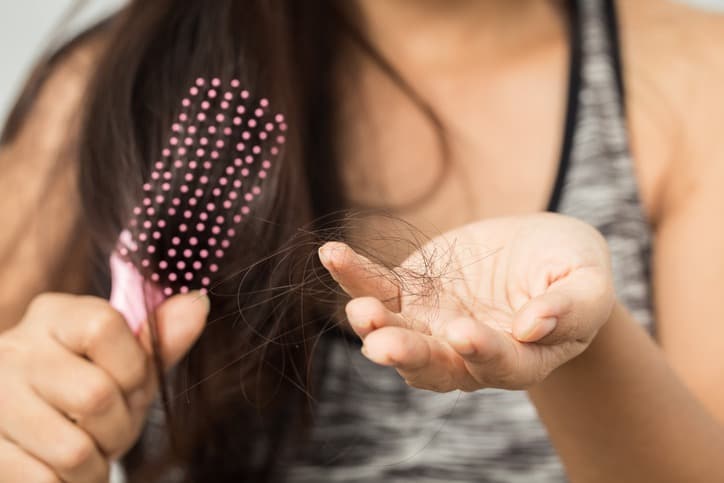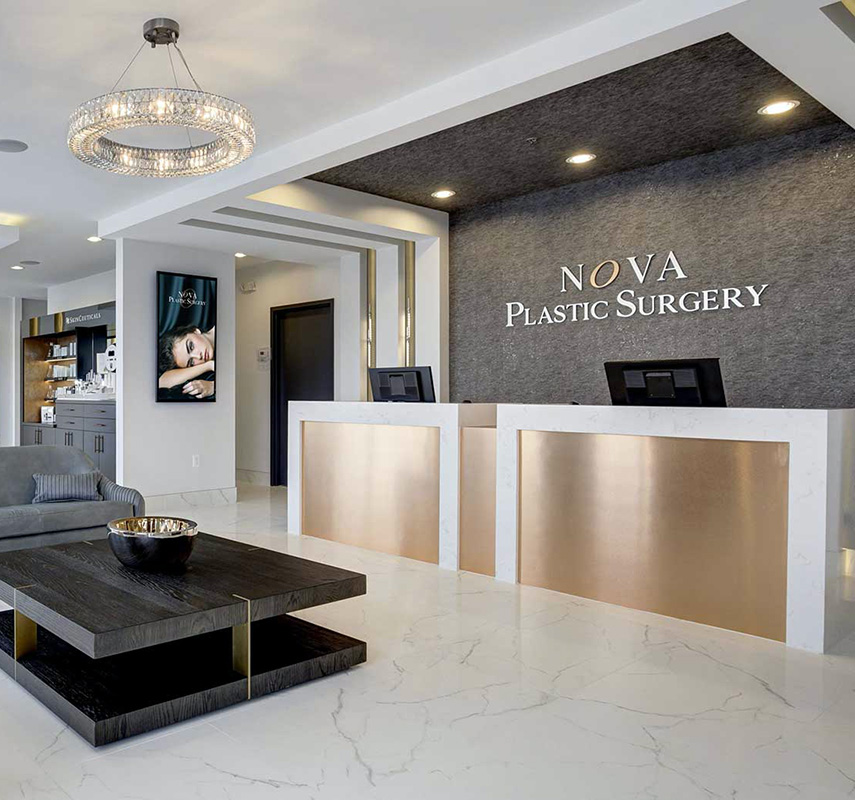
An estimated 21 million women and 35 million men suffer from hair loss, often starting as early as the 20s. Modern technology means no one in Northern Virginia has to live with hair loss. Platelet-rich plasma can stop hair loss in its tracks and restore the fullness of your hair. Let’s explore PRF for hair loss and what to expect from this procedure.
What Is PRF?
PRF stands for platelet-rich Fibrin. During a PRF procedure, a doctor uses your own concentrated platelets to stimulate healing and growth. Platelets are an important part of your body’s healing mechanism. When the body is damaged, platelets rush into the area to repair the damage.
Do you remember how quickly and flawlessly a skinned knee healed when you were a child? That was all thanks to your platelets. But as we age, this process becomes less efficient, and you need more to get the job done.
A doctor can help your body by delivering a dense, concentrated supply of platelets where they’re needed. Because your body is constantly making new ones, the taken ones simply get replenished.
Numerous studies support the safety and effectiveness of PRF’s healing power for arthritis, tendonitis, and bone regeneration. A small but significant PRF study found an average 29 percent reduction in hair loss and 60 percent increase in hair density for a certain type of hair loss, and many other studies support these findings. Getting PRF for hair loss in a MedSpa in Northern Virginia is an affordable and effective way to battle hair loss.
What Is the PRF Procedure Like?
This simple MedSpa procedure starts with the drawing of two or more vials of blood. Using a centrifuge machine, your doctor divides out the red blood cells, leaving the lighter, smaller platelets behind. Platelet-rich plasma increases the concentration of platelets by 300-700 percent.
Separating the blood can take from 30 minutes to two hours, depending on the size of the area being treated. During that time, a professional in the MedSpa in Northern Virginia will create a strategic outline on your head to ensure the fullest coverage possible in the affected area or all over the scalp.
Once the PRF is ready, your doctor numbs the scalp. He or she then injects the PRF into the several outlined locations on your scalp. Finally, a scalp massage helps move the PRF throughout the scalp to cover the most area.
How Do I Prepare for a PRF Treatment?
To get ready for your treatment, simply drink plenty of water for 2-3 days leading up to the procedure. It takes longer to draw blood if you’re dehydrated.
Eat normally leading up to the procedure. On the day of, it’s a good idea to eat a small meal before coming in. Nausea and light-headedness may occur if you don’t have a little something in your stomach.
Bring a bottle of water and a small snack for after your treatment to regain your strength, unless the MedSpa in Northern Virginia provides these for you.
At least three days before, discontinue taking any blood thinners and several common blood-thinning supplements and OTC medications, such as:
- Omega-3 supplements (krill, fish oil, flaxseed oil, and so on)
- Ginkgo
- Vitamin E
- Vitamin A
- Aspirin
- NSAIDs such as Ibuprofen (Advil) and naproxen (Aleve, Midol)
Avoid smoking for at least three days prior to treatment, and if at all possible for two or more weeks afterward to restore your blood’s natural platelet balance. Studies show that just two weeks of not smoking can restore a healthy balance in blood platelets.
What Do I Need to Know About PRF Aftercare?
Continue to avoid the above supplements, smoking, and caffeine for three days after treatment. You can shampoo your hair normally, but do not color your hair for three days.
How Many PRF Treatments Do I Need?
In most cases, you’ll need three treatments one month apart for three months followed by a maintenance treatment every 6-12 months. If you generally eat a healthy diet, exercise, and properly manage stress, you’re more likely to get the desired result with the fewest possible treatments.
If, however, you have additional risk factors that hinder the effectiveness of PRF, you may need more. Be honest with your provider during your consultation, and your provider will be honest with you regarding how many treatments you’re likely to need.
What Activities Should I Avoid After PRF Treatment?
You can resume your normal life after treatment with no restrictions other than those stated above in aftercare. You may have some scalp swelling and soreness for a couple of days, in which case you may want to restrict the intensity of your exercise. Listen to your body and give it a break from regular exercise, including yoga, if needed.
What Are the Possible Side Effects of PRF?
Studies show no significant side effects of PRF. PRF is a very localized treatment, so side effects are also local and generally very temporary. These may include the following in the treatment area:
- Irritation
- Swelling
- Light bleeding
- Mild pain
- Infection
These are all easily treatable, and will likely resolve by themselves within a few days.



